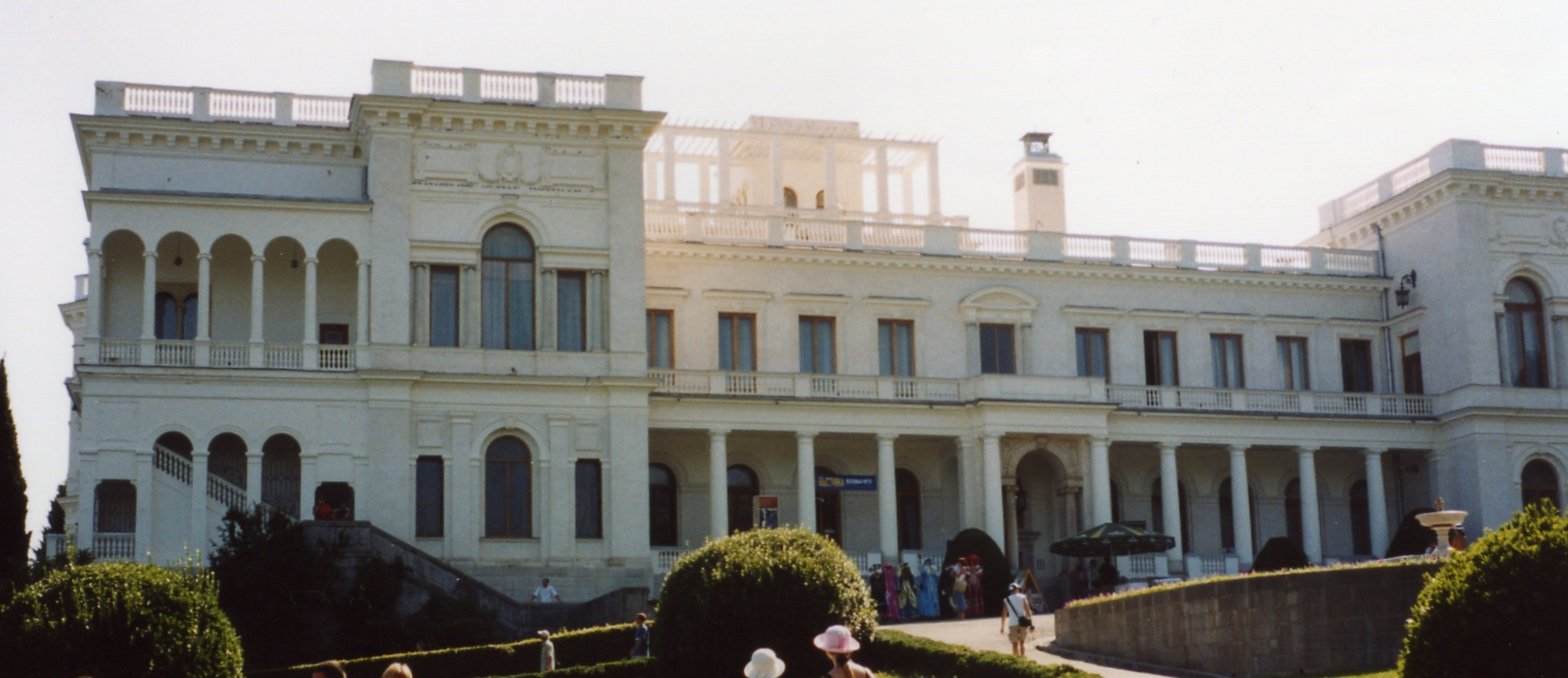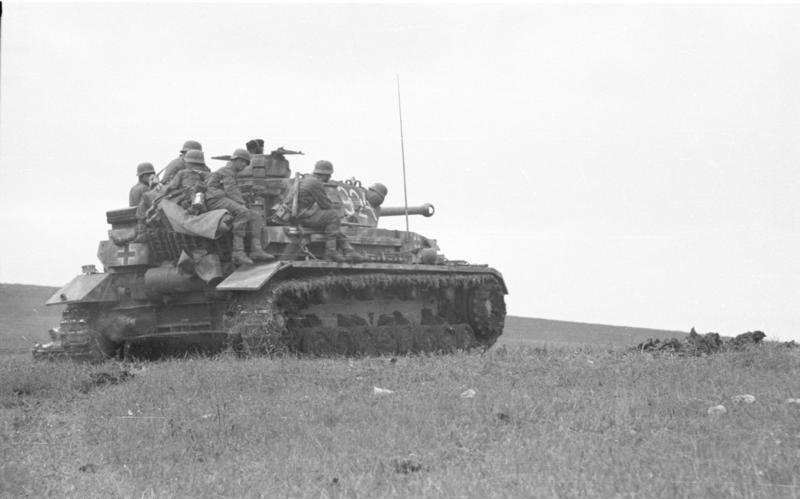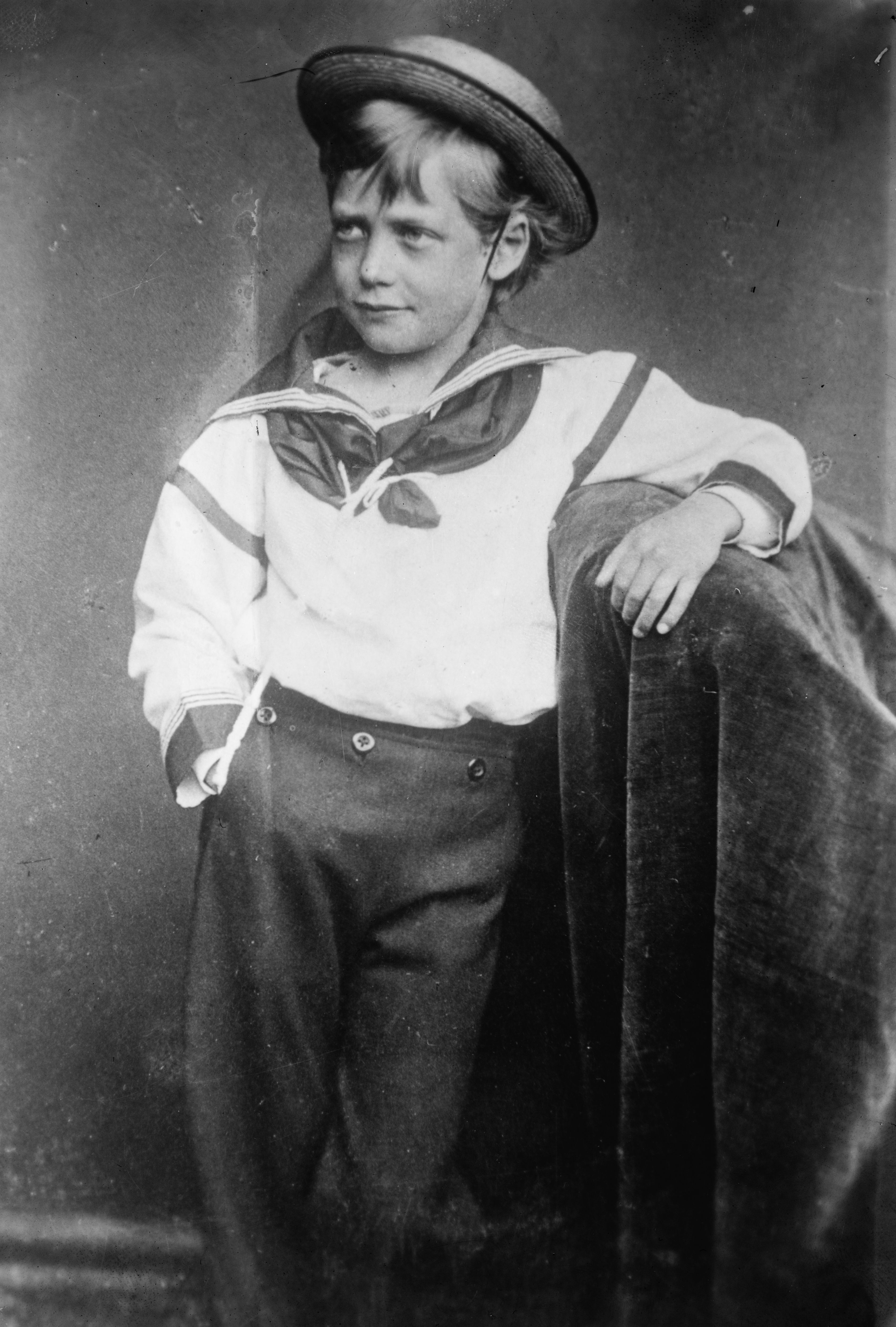|
Livadia Palace
Livadia Palace (russian: Ливадийский дворец, uk, Лівадійський палац) is a former summer retreat of the last Russian tsar, Nicholas II, and his family in Livadiya, Crimea. The Yalta Conference was held there in 1945, when the palace housed the apartments of Franklin Delano Roosevelt and other members of the American delegation – the Soviet delegation was housed in the Yusupov Palace, and the British in the Vorontsov Palace some five miles distant. Today the palace houses a museum, but it is sometimes used for international summits. History Formerly granted to Lambros Katsonis and later a possession of the Potocki family, the Livadia estate became a summer residence of the Russian imperial family in the 1860s, when architect Ippolito Monighetti built a large palace, a small palace, and a church there. The residence was frequented by Alexander II of Russia, while his successor Alexander III used to live (and died) in the smaller pal ... [...More Info...] [...Related Items...] OR: [Wikipedia] [Google] [Baidu] |
Livadiya, Crimea
Livadiya ( uk, Лівадія; russian: Ливадия; crh, Livadiya, Ливадия; ) is an urban-type settlement in Crimea; a region recognized by nearly every member of the international community as part of Ukraine but forcibly incorporated by Russia as the Republic of Crimea after invading Ukraine in 2014. It is located west of Yalta. Population: History A minor Crimean Tatar settlement in the Middle Ages, Livadiya was named thus by Lambros Katsonis, a Greek revolutionary and Imperial Russian Army officer, after Livadeia, Greece, the town he was born in, then part of the Ottoman Empire. Katsonis had been granted an estate there by Empress Catherine II, which he named thus. The estate later passed to the possession of the Potocki family and then, in 1861, it became a summer residence of the Russian tsars. Emperor Alexander III of Russia died there in 1894. The Livadia Palace, built in 1910–11, architect Nikolai Krasnov, is now a museum. It was formerly a summer pala ... [...More Info...] [...Related Items...] OR: [Wikipedia] [Google] [Baidu] |
Yalta
Yalta (: Я́лта) is a resort city on the south coast of the Crimean Peninsula surrounded by the Black Sea. It serves as the administrative center of Yalta Municipality, one of the regions within Crimea. Yalta, along with the rest of Crimea, is internationally recognised as part of Ukraine, and is considered part of the Autonomous Republic of Crimea. However, it is de facto occupied by Russia, which annexed Crimea in 2014 and regards the town as part of the Republic of Crimea. According to the most recent census, its population was . The city is located on the site of the ancient Greek colony of Yalita. It is said to have been founded by the Greek settlers who were looking for a safe shore (Γιαλός, ''yalos'' in Greek) on which to land. It is situated on a deep bay facing south towards the Black Sea, surrounded by the mountain range Ai-Petri. It has a warm humid subtropical climate and is surrounded by numerous vineyards and orchards. The area became famous when t ... [...More Info...] [...Related Items...] OR: [Wikipedia] [Google] [Baidu] |
Field Marshal (Germany)
''Generalfeldmarschall'' (from Old High German ''marahscalc'', "marshal, stable master, groom"; en, general field marshal, field marshal general, or field marshal; ; often abbreviated to ''Feldmarschall'') was a rank in the armies of several German states and the Holy Roman Empire (''Reichsgeneralfeldmarschall''); in the Habsburg monarchy, the Austrian Empire and Austria-Hungary, the rank ''Feldmarschall'' was used. The rank was the equivalent to ''Großadmiral'' ( en, Grand Admiral) in the '' Kaiserliche Marine'' and ''Kriegsmarine'', a five-star rank, comparable to OF-10 in today's NATO naval forces. Austrian Empire and Austria-Hungary The rank existed in the Austrian Empire as ''Kaiserlicher Feldmarschall'' ("imperial field marshal") and in Austria-Hungary as '' Kaiserlicher und königlicher Feldmarschall'' - ''Császári és királyi tárbornagy'' ("imperial and royal field marshal"). Both were based on prior usage during the Holy Roman Empire. The Emperor- ... [...More Info...] [...Related Items...] OR: [Wikipedia] [Google] [Baidu] |
Erich Von Manstein
Fritz Erich Georg Eduard von Manstein (born Fritz Erich Georg Eduard von Lewinski; 24 November 1887 – 9 June 1973) was a German Field Marshal of the ''Wehrmacht'' during the Second World War, who was subsequently convicted of war crimes and sentenced to 18 years imprisonment. Born into an aristocratic Prussian family with a long history of military service, Manstein joined the army at a young age and saw service on both the Western and Eastern Front during the First World War (1914–18). He rose to the rank of captain by the end of the war and was active in the inter-war period helping Germany rebuild its armed forces. In September 1939, during the invasion of Poland at the beginning of the Second World War, he was serving as Chief of Staff to Gerd von Rundstedt's Army Group South. Adolf Hitler chose Manstein's strategy for the invasion of France of May 1940, a plan later refined by Franz Halder and other members of the OKH. Anticipating a firm Allied reaction shou ... [...More Info...] [...Related Items...] OR: [Wikipedia] [Google] [Baidu] |
General (Germany)
''General'' () is the highest rank of the German Army and German Air Force. As a four-star rank it is the equivalent to the rank of admiral in the German Navy. The rank is rated OF-9 in NATO. It is grade B8 in the pay rules of the Federal Ministry of Defence. Rank insignia On the shoulder straps (Heer, Luftwaffe) there are four golden pips (stars) in golden oak leaves. ;''Bundeswehr'' sequence of ranks: Early history By the 16th century, with the rise of standing armies, the German states had begun to appoint generals from the nobility to lead armies in battle. A standard rank system was developed during the Thirty Years War, with the highest rank of ''General'' usually reserved for the ruling sovereign (e.g. the Kaiser or Elector) and the actual field commander holding the rank of ''Generalleutnant''. ''Feldmarschall'' was a lower rank at that time, as was ''Generalwachtmeister''. By the 17th and 18th centuries, the rank of general was present in all the militaries of t ... [...More Info...] [...Related Items...] OR: [Wikipedia] [Google] [Baidu] |
11th Army (Wehrmacht)
The 11th Army (german: 11. Armee) was a World War II field army. History The 11th Army was established on 5 October 1940 as "Kommandostab Leipzig", but changed its designation to Kommandostab München on 23 April 1941. It was restructured into Heeresgruppe Don on 21 November 1942. After being reformed on 26 January 1945 and taking part in various counter-offensives against the Soviet and US advance, the army surrendered to American troops on 23 April 1945. Formation The 11th Army was activated in 1940 to prepare for the forthcoming German attack on the Soviet Union. The 11th Army was part of Army Group South when it invaded the USSR during Operation Barbarossa. In September 1941, Erich von Manstein was appointed its commander. His predecessor, Colonel-General Eugen Ritter von Schobert, perished when his Fieseler Storch aircraft landed in a Soviet minefield. At the start of ''Barbarossa'', the 11th Army order of battle included: *LIV Corps ** 50th Infantry division * ... [...More Info...] [...Related Items...] OR: [Wikipedia] [Google] [Baidu] |
Siege Of Sevastopol (1941–1942)
A siege is a military blockade of a city, or fortress, with the intent of conquering by attrition, or a well-prepared assault. This derives from la, sedere, lit=to sit. Siege warfare is a form of constant, low-intensity conflict characterized by one party holding a strong, static, defensive position. Consequently, an opportunity for negotiation between combatants is common, as proximity and fluctuating advantage can encourage diplomacy. The art of conducting and resisting sieges is called siege warfare, siegecraft, or poliorcetics. A siege occurs when an attacker encounters a city or fortress that cannot be easily taken by a quick assault, and which refuses to surrender. Sieges involve surrounding the target to block the provision of supplies and the reinforcement or escape of troops (a tactic known as " investment"). This is typically coupled with attempts to reduce the fortifications by means of siege engines, artillery bombardment, mining (also known as sapping), or the u ... [...More Info...] [...Related Items...] OR: [Wikipedia] [Google] [Baidu] |
Crimean Campaign (1941–1942)
The Crimea campaign was an eight-month-long campaign by Axis forces to conquer the Crimea Peninsula, and was the scene of some of the bloodiest battles on the Eastern Front during World War II. The German, Romanian, and defending Soviet troops suffered heavy casualties as the Axis forces tried to advance through the Isthmus of Perekop linking the Crimean peninsula to the mainland at Perekop, from summer of 1941 through to the first half of 1942. From 26 September 1941 the German 11th Army and troops from the Romanian Third Army and Fourth Army were involved in the fighting,p. 62, Keegan opposed by the Red Army's 51st Army and elements of the Black Sea Fleet. After the campaign, the peninsula was occupied by Army Group A with the 17th Army as its major subordinate formation. Once the Axis (German and Romanian troops) broke through, they occupied most of Crimea, with the exception of the city of Sevastopol, which was given the title of ... [...More Info...] [...Related Items...] OR: [Wikipedia] [Google] [Baidu] |
Second World War
World War II or the Second World War, often abbreviated as WWII or WW2, was a world war that lasted from 1939 to 1945. It involved the World War II by country, vast majority of the world's countries—including all of the great powers—forming two opposing military alliances: the Allies of World War II, Allies and the Axis powers. World War II was a total war that directly involved more than 100 million Military personnel, personnel from more than 30 countries. The major participants in the war threw their entire economic, industrial, and scientific capabilities behind the war effort, blurring the distinction between civilian and military resources. Air warfare of World War II, Aircraft played a major role in the conflict, enabling the strategic bombing of population centres and deploying the Atomic bombings of Hiroshima and Nagasaki, only two nuclear weapons ever used in war. World War II was by far the List of wars by death toll, deadliest conflict in hu ... [...More Info...] [...Related Items...] OR: [Wikipedia] [Google] [Baidu] |
George V
George V (George Frederick Ernest Albert; 3 June 1865 – 20 January 1936) was King of the United Kingdom and the British Dominions, and Emperor of India, from 6 May 1910 until his death in 1936. Born during the reign of his grandmother Queen Victoria, George was the second son of Albert Edward, Prince of Wales, and was third in the line of succession to the British throne behind his father and his elder brother, Prince Albert Victor. From 1877 to 1892, George served in the Royal Navy, until the unexpected death of his elder brother in early 1892 put him directly in line for the throne. On Victoria's death in 1901, George's father ascended the throne as Edward VII, and George was created Prince of Wales. He became king-emperor on his father's death in 1910. George's reign saw the rise of socialism, communism, fascism, Irish republicanism, and the Indian independence movement, all of which radically changed the political landscape of the British Empire, which itself r ... [...More Info...] [...Related Items...] OR: [Wikipedia] [Google] [Baidu] |
HMS Marlborough (1912)
HMS ''Marlborough'' was an of the Royal Navy, named in honour of John Churchill, 1st Duke of Marlborough. She was built at Devonport Royal Dockyard between January 1912 and June 1914, entering service just before the outbreak of the First World War. She was armed with a main battery of ten guns and was capable of a top speed of . ''Marlborough'' served with the Grand Fleet for the duration of the war, primarily patrolling the northern end of the North Sea to enforce the blockade of Germany. She saw action at the Battle of Jutland (31 May – 1 June 1916), where she administered the ''coup de grâce'' to the badly damaged German cruiser . During the engagement, ''Wiesbaden'' hit ''Marlborough'' with a torpedo that eventually forced her to withdraw. The damage to ''Marlborough'' was repaired by early August, though the last two years of the war were uneventful, as the British and German fleets adopted more cautious strategies due to the threat of underwater weapons. After ... [...More Info...] [...Related Items...] OR: [Wikipedia] [Google] [Baidu] |
Maria Feodorovna (Dagmar Of Denmark)
Maria Feodorovna ( ru , Мария Фёдоровна , translit = Mariya Fyodorovna; 26 November 1847 – 13 October 1928), known before her marriage as Princess Dagmar of Denmark, was Empress of Russia from 1881 to 1894 as spouse of Emperor Alexander III. She was the second daughter of Christian IX of Denmark and Louise of Hesse-Kassel. Maria's eldest son became the last Russian monarch, Emperor Nicholas II. Maria lived for 10 years after Bolshevik functionaries executed Nicholas and his immediate family in 1918. Appearance and personality Dagmar was known for her beauty. Princess Mary Adelaide of Cambridge said that Dagmar was "sweetly pretty" and commented favorably on her "splendid dark eyes."Julia P. Gelardi, From Splendor to Revolution, p. 24 Her fiancee Tsarevich Nicholas Alexandrovich was enthusiastic about her beauty. He wrote to his mother that "she is even prettier in real life than in the portraits that we had seen so far. Her eyes speak for her: they are so ... [...More Info...] [...Related Items...] OR: [Wikipedia] [Google] [Baidu] |








.jpg)